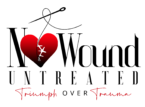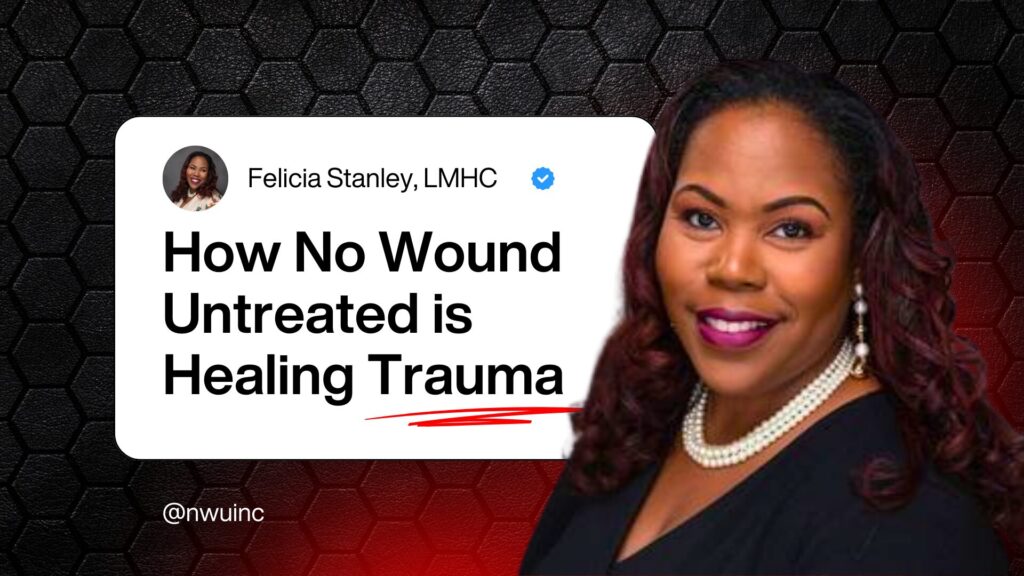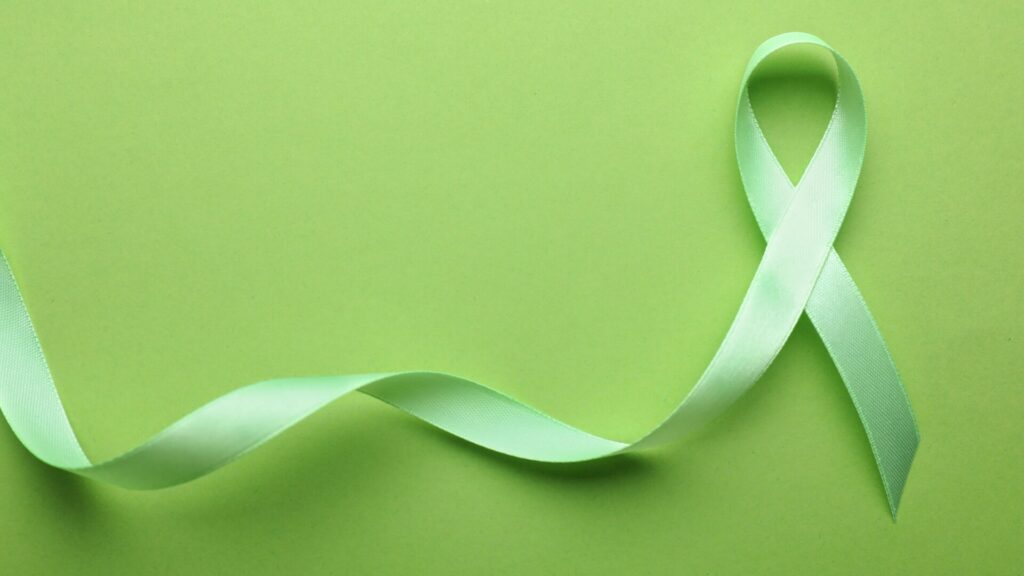No Wound Untreated: Healing Community Trauma
In the heart of Buffalo, New York, a quiet yet powerful movement began to take root—one not born from corporate boardrooms or formal initiatives, but from pain, conversations, and an unwavering desire to see community healing. That movement is called No Wound Untreated, a grassroots nonprofit organization that began with a specific focus on child sexual abuse but has since grown to address trauma in all its forms: domestic violence, gun violence, generational trauma, and more. This is not just a story about a nonprofit. It’s a story about what happens when someone listens to the needs of their community, steps up, and does the work—messy, emotional, healing work—to ensure that no wound, emotional or otherwise, goes untreated. From a Spark to a Movement: How No Wound Untreated Was Born The idea for No Wound Untreated wasn’t fully mine at the beginning. While working in the Ellicott District office for the City of Buffalo, I had a chance encounter with someone involved in the City’s Child Abuse Task Force. We started talking about his work, and eventually, he said something that stuck with me: “You should start your own organization.” At the time, I wasn’t sure what that would look like. I was passionate about helping people but hadn’t really envisioned creating a formal organization. Nonetheless, we brainstormed, and our first name was a mouthful—the Buffalo Center for the Prevention and Treatment of Child Sexual Abuse. It didn’t exactly roll off the tongue, and there was no good acronym. But that’s where we started. Our initial focus was on survivors of child sexual abuse. We even hosted an annual Freedom Celebration, where we honored survivors, created space for their stories, and promoted healing in a way that was community-centered and empowering. But trauma in Buffalo was broader than just one issue. Domestic violence, gun violence, and other forms of community trauma were constant and interwoven. The name No Wound Untreated was born from a brainstorming session when we realized we needed to expand our reach. The name was symbolic—our commitment to acknowledge every wound and promote healing without limits. Understanding Trauma from the Inside Out Growing up, I didn’t realize I was experiencing trauma. I thought what I went through was just life. Seeing my father get hit by a car? I didn’t process that as trauma at the time. Watching my own children get hit by a car? Again, it was a horrifying experience, but I didn’t connect it with trauma—at least not immediately. As I got older and started to understand the emotional and psychological impact of those experiences, things began to click. It wasn’t just about big, headline-worthy tragedies. Trauma often lives in the everyday. And it was everywhere in my community. I had friends who had been molested. Others had survived gun violence or were dealing with domestic abuse at home. There were stories of grief, pain, and survival around every corner. Even when I didn’t know how to help—when I had no resources, no training—I was drawn to do something. That desire became the backbone of No Wound Untreated. A Defining Moment: Responding to the Tops Supermarket Shooting Trauma often comes unexpectedly, shaking the core of a community. For Buffalo, that moment came on May 14, 2022, when a white supremacist opened fire at the Jefferson Avenue Tops Supermarket, murdering 10 Black community members in a racially motivated hate crime. For No Wound Untreated, that was the moment we stepped fully into the spotlight. At the time, I was just two weeks away from my wedding. I was in a premarital counseling session when my phone started blowing up. At first, I ignored it. But then my mom called repeatedly. When I finally answered, she said, “Someone got shot at Tops. Just checking on you guys.” Even then, I didn’t register how serious it was. Gun violence wasn’t new. It was a tragic but familiar part of life. But as the calls kept coming, I realized something bigger was happening. When the truth hit—when the community grasped the full scope of the massacre—it was like time stopped. The collective grief, horror, and disbelief were overwhelming. We knew we had to do something. Our mission, which until that point had been focused on healing individuals from trauma, suddenly had to scale. We had to hold space for an entire city. On the Front Lines of Community Healing In the aftermath of the Tops massacre, No Wound Untreated became a frontline responder—not with food or physical supplies, but with mental health support, community counseling, healing spaces, and grief support. We helped create safe spaces for people to cry, to scream, to share, to breathe. We brought in counselors, trauma specialists, and people who understood culturally responsive care. We knew that healing for Black communities had to look different. It had to be personal, rooted in shared experiences and historical context. In those difficult days, we didn’t have all the answers. But we showed up. And that made all the difference. Why Trauma-Informed Community Work Matters The work we do at No Wound Untreated is rooted in a core belief: healing is a human right. But healing is not always accessible—especially in marginalized communities. The systems meant to support people are often confusing, expensive, and disconnected from cultural realities. That’s why grassroots, trauma-informed care matters. We are not just helping people “get over” their trauma. We are: Validating experiences Connecting people with culturally competent therapists Offering group healing sessions Collaborating with other organizations on restorative justice and youth empowerment We don’t treat trauma like a checklist. Every story matters. Every wound deserves attention. The Power of Shared Stories One of the most powerful tools we use is storytelling. When someone shares their trauma in a safe space, they take the first step toward reclaiming power. We’ve seen it happen time and time again—at our events, healing circles, and support groups. From survivors of child abuse to community members dealing with gun violence, people are finding their voices
No Wound Untreated: Healing Community Trauma Read More »



